The Doctor Who episode ‘Dot and Bubble’ addressed an uncomfortable issue in its climax. Is this a new thing for the series, or has Doctor Who always striven to be thought-provoking?
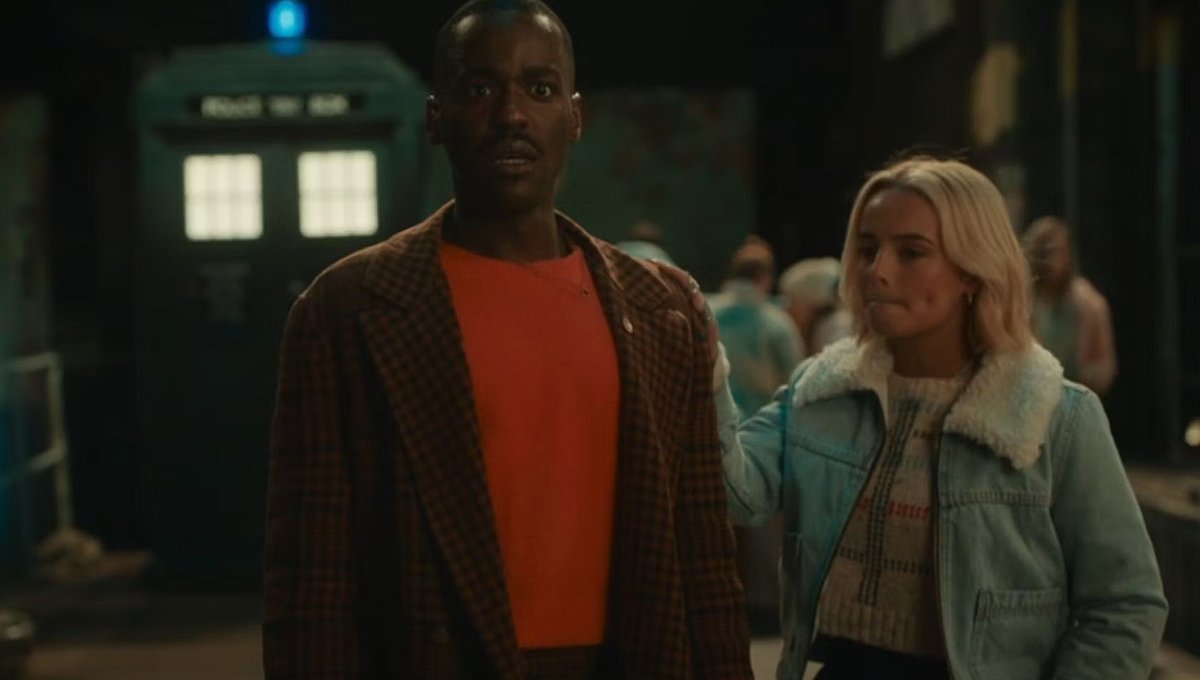
‘Dot and Bubble’ from Doctor Who Series 1 / 14 / Fnarg all took place in a seemingly utopian world called Finetime in which its inhabitants lived in literal digital bubbles which floated around their heads. This was a gateway to a world of live, interactive social media, a bit like VR, with the bubble controlling everything the person did, even dictating which direction they should walk and when they should go to the toilet.
But of course, with this being Doctor Who, ‘Dot and Bubble’ had a nasty sting in its tail – several, in fact. First, it transpired that the inhabitants of Finetime were actually being eaten alive by slug monsters who were attacking people in alphabetical order – all part of a bitter plot conjured up by the social media providers (the dots) who were tired of being the inhabitants’ slaves.

And then there was the episode’s conclusion. At the end of ‘Dot and Bubble,’ the Doctor pleads with Finetime’s inhabitants to let him take them to safety in the TARDIS. But they refuse, because of his skin colour. The Time Lord pleads with them, desperate for them to accept his help, but they walk away into the unknown, preferring to risk death rather than mingle with someone whom they consider to be ‘not one of them.’ The Doctor laughs at the ridiculousness of the situation, and then cries out in anguish.
Certainly, this moment in ‘Dot and Bubble’ didn’t make for comfortable viewing, and it was intended to challenge the viewer. Russell T Davies pointed out in Doctor Who: Unleashed that the entire cast of the episode was white, and he wondered how long it would take for people to notice. If someone didn’t clock this fact until the very end of the episode, he challenged the viewer to consider why not.
Of course, this wasn’t the only thought-provoking aspect of ‘Dot and Bubble.’ The episode raised questions about the impact of social media and the digitisation of society. With many tech companies betting their money on virtual reality (VR) and with some people even becoming addicted to their digital devices, ‘Dot and Bubble’ did prompt the viewer to consider how great their reliance on technology actually was, and whether their relationship with it was healthy.
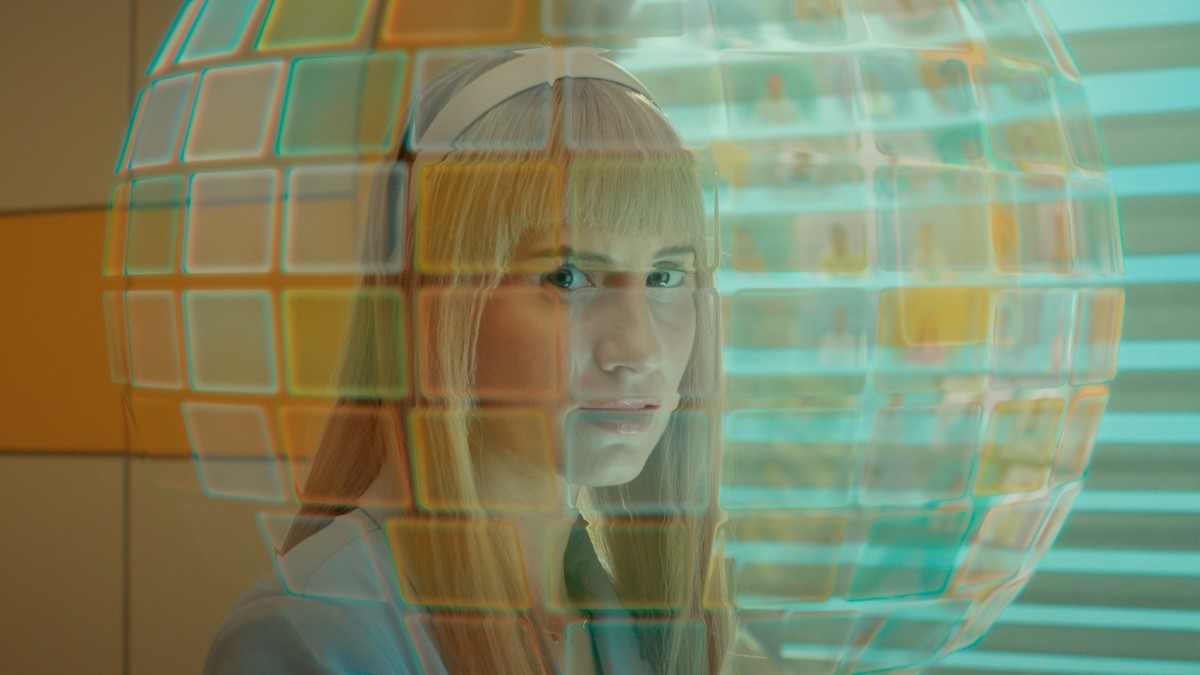
Often, when Doctor Who strays into thought-provoking territory, fans debate whether it’s right for a science fiction series (which is primarily meant to be escapist entertainment) to be challenging its viewers in this way. Some contest that it should focus solely on storytelling and steer clear of social issues. Others argue that Doctor Who has always had a propensity for creating thought-provoking television.
The reality is, most viewers won’t feel comfortable if their fundamental beliefs are being challenged in some way, or if a blazing spotlight is being shone on the society in which they live. This, surely, is true for all humanity, whether a person lives in the UK or India or Russia or Bowie Base One. And life is hard enough for most people, so it makes sense that they just want to escape into time and space when they watch Doctor Who, and not feel unsettled or prodded or even preached at. And throughout its history, it is fair to say that Doctor Who has primarily provided escapist television.
At the same time, ‘Dot and Bubble’ is not a standalone story. Many adventures from Doctor Who‘s rich history have, indeed, sought to challenge its viewers. The Jon Pertwee era (overseen by Barry Letts and Terrance Dicks) was particularly bold in this respect. ‘Inferno’ addressed fascism and the effects of extreme capitalism. ‘The Mutants’ and ‘The Monster of Peladon’ addressed capitalism and slavery. ‘The Green Death’ – perhaps the most stark example from the classic era – tackled environmental issues. ‘Robot’ looked at feminism and fascism.
Moreover, it could be argued that ‘Dot and Bubble’ conformed to Doctor Who‘s original remit. When the BBC first devised the show in 1963, it had a much younger audience in mind. The Beeb was keen for Doctor Who to be educational as well as entertaining, and often used the TARDIS to teach children about history. Indeed, in the early 60s, virtually every other story was an historical one: ‘Marco Polo,’ ‘The Aztecs,’ ‘The Reign of Terror,’ ‘The Romans,’ ‘The Crusade’… the list goes on. But these adventures were gradually phased out as the audience evolved and matured, and by the Patrick Troughton era the focus was much more on bug-eyed monsters and bases under siege.
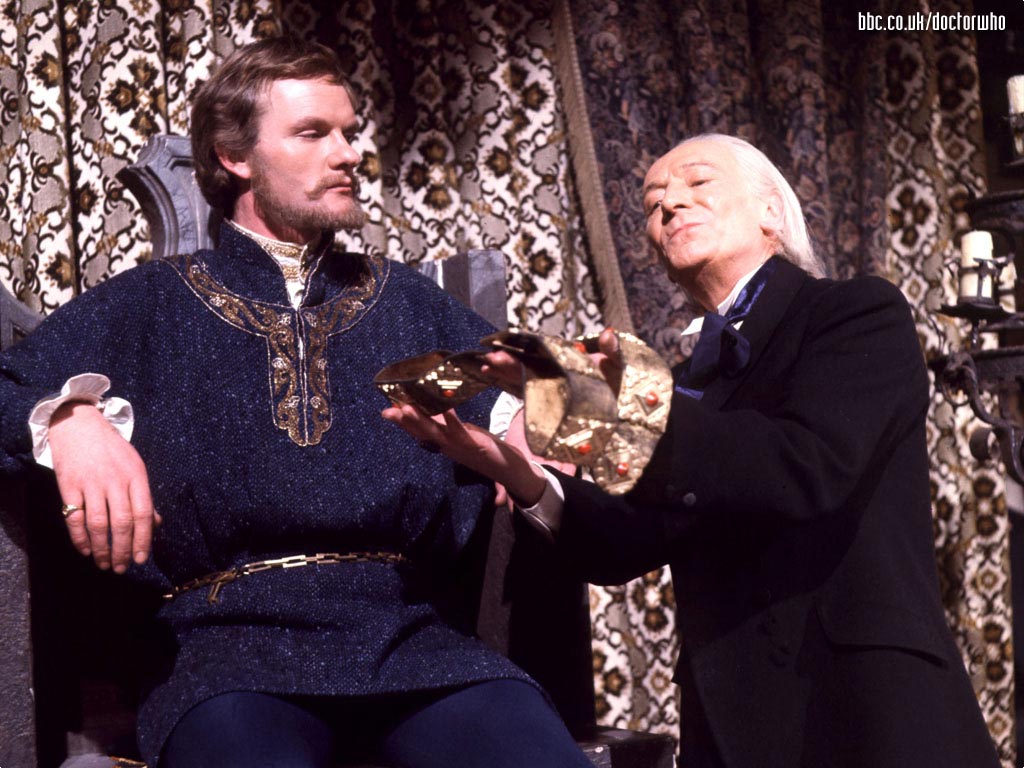
But by the time the Jodie Whittaker era began in 2018, there was a sense that Doctor Who was returning to its educational roots, and societal issues came much closer to the fore. The Doctor became much more pragmatic about her anti-weapon stance. ‘Rosa’ addressed racism. ‘Arachnids in the UK’ addressed capitalism and environmental issues. ‘Kerblam!’ looked at online retail and warehouse working. ‘Orphan 55’ addressed global warming. It became much more common for Doctor Who to tackle topical issues on an almost weekly basis.
So, in this sense, ‘Dot and Bubble’ continued a trend which has always existed in the show to some degree, but has arguably become more pronounced in recent years. And like anything in Doctor Who, the effectiveness of its content will always come down to personal taste. In the Whoniverse, it is not uncommon for opinions to be polarised over new episodes and, again, in this respect there this is nothing new under the sun; some fans were outraged at the portrayal of the Time Lords in ‘The Deadly Assassin,’ for example – a story which is considered by others to be a highlight of the Tom Baker era.
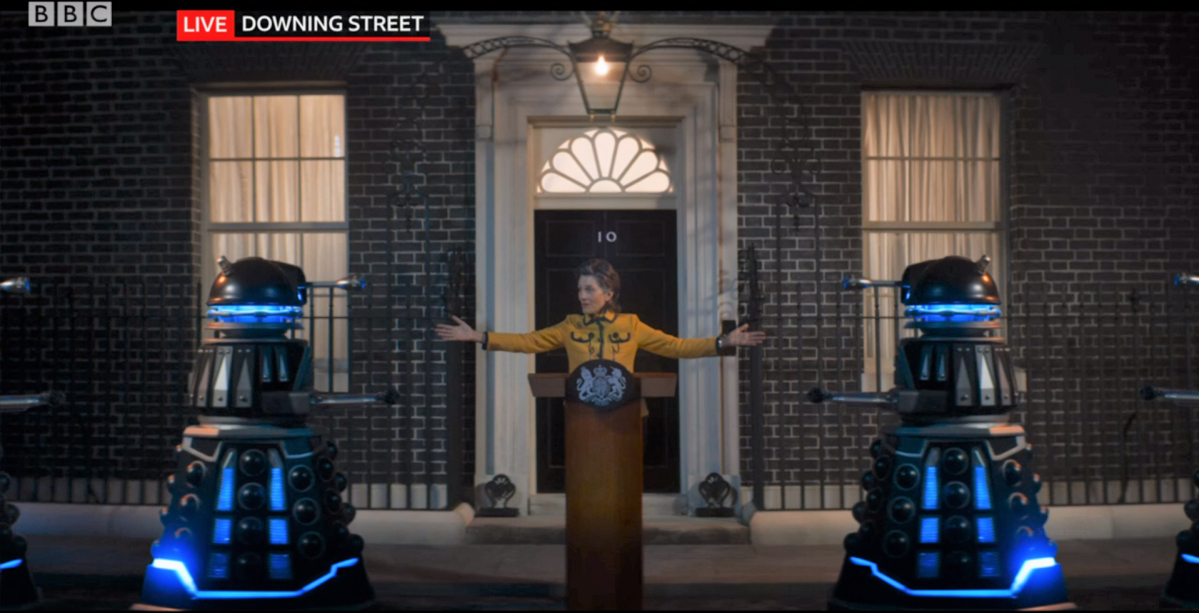
So yes, Doctor Who has always challenged its viewers and striven to educate them, but it depends which era you watch; there weren’t too many hard topics being addressed during Graham Williams‘ time, for example, but even that has ‘Nightmare of Eden,’ and that’s all about substance abuse and drug trafficking!
How did you feel about Doctor Who challenging its viewers? Let me know in the comments below.









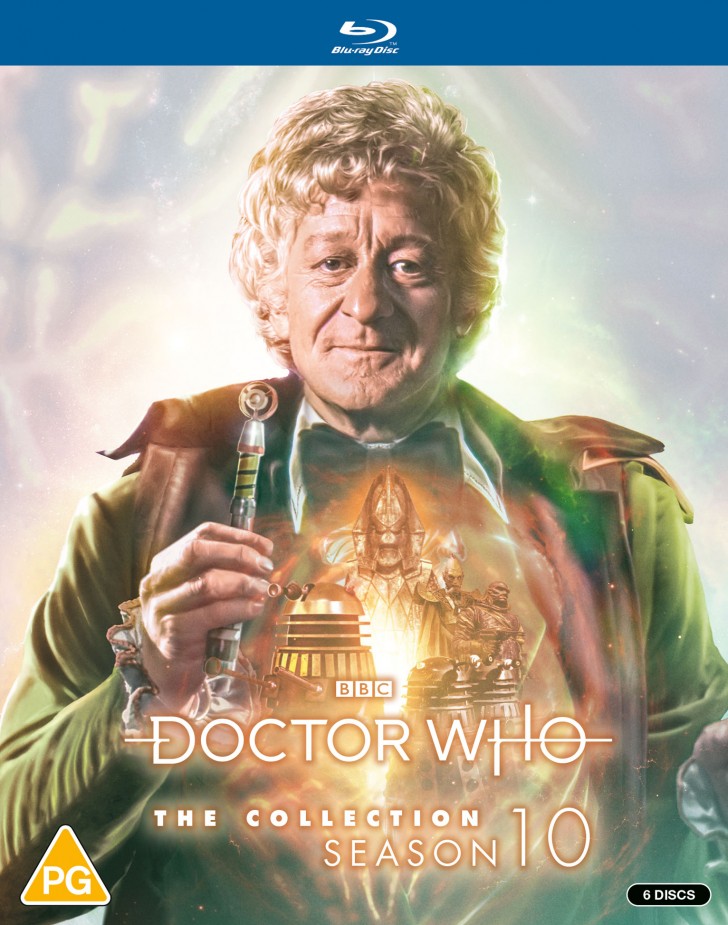
This was a great article. I didn’t really pick up on the racist aspect of the story at all. I was more focused on the young people and thought this a slam on young people’s addiction to Computers and the online media. I didn’t even notice that they were all white. I just thought, great now we are going to alienate all of young people from Doctor Who. We are throwing away future Doctor Who Fans who will be essential to the series continuing. Well looks like I missed the whole point because I do not notice racism when it is right in front of me. WOW! This article really opened my eyes. Thanking you for writing this article Alex Skerratt.